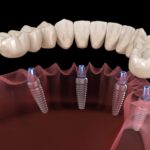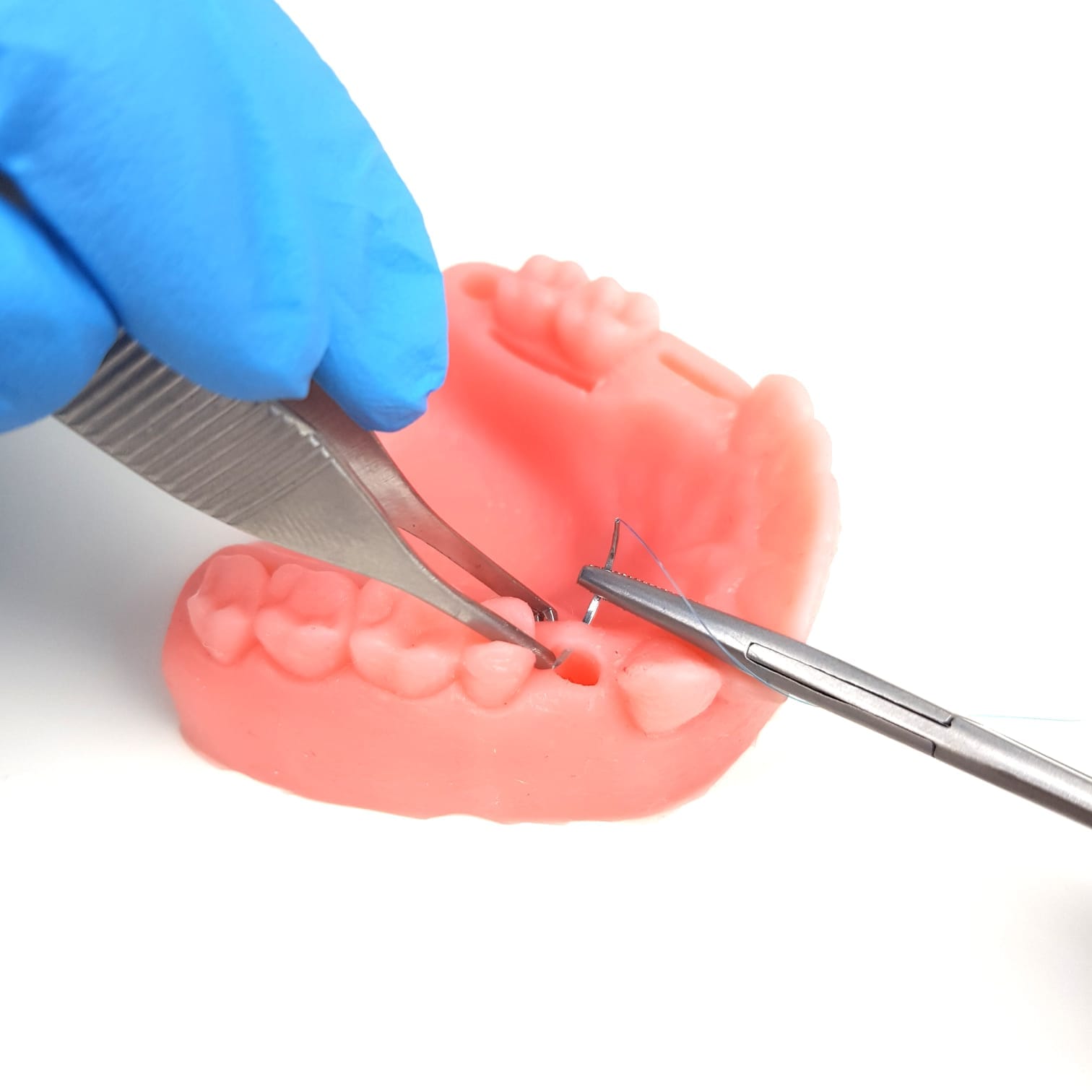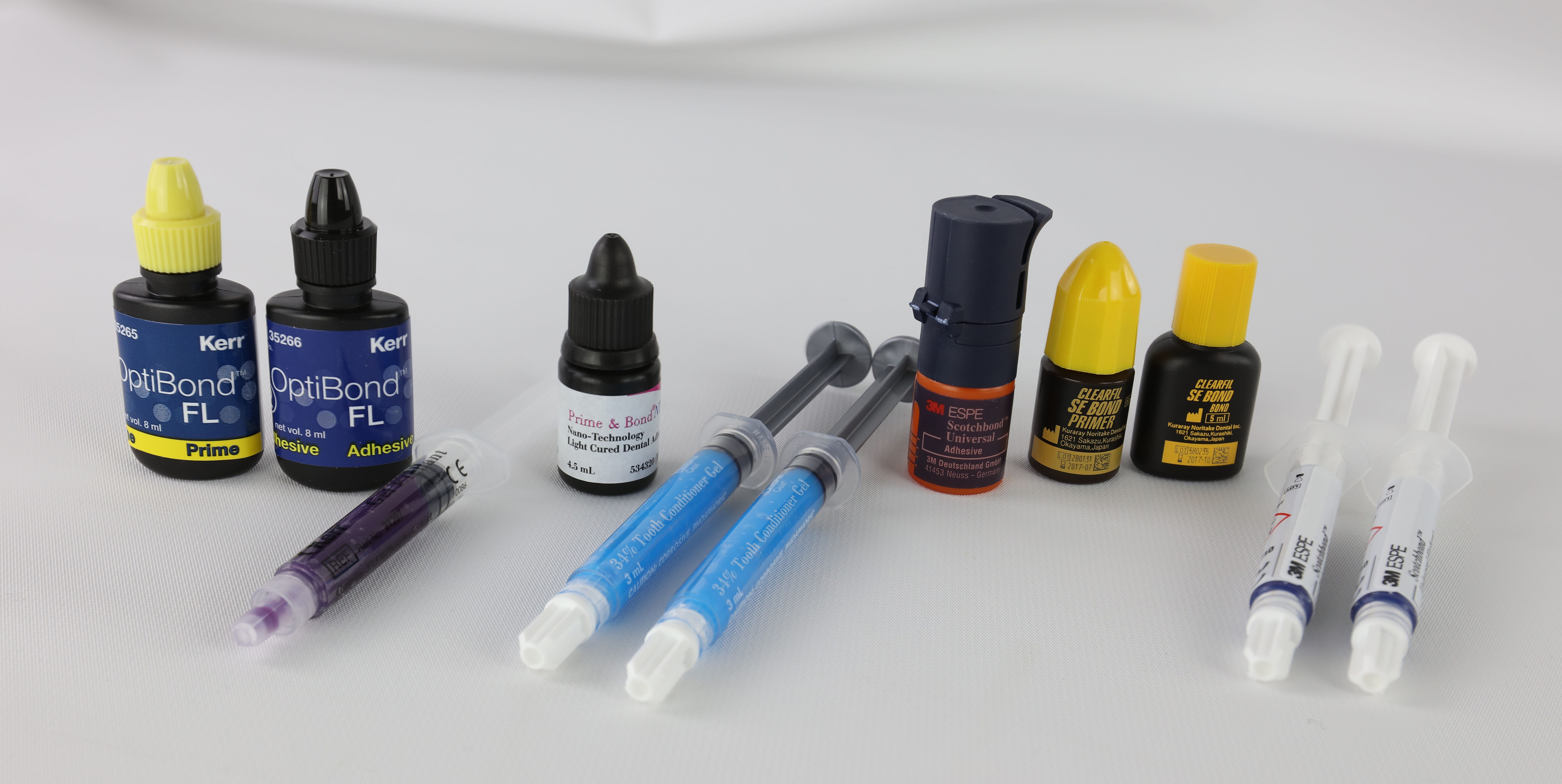As we progress through 2024, dental implants continue to emerge as the gold standard for tooth replacement. With advancements in technology and an increasing understanding of patient needs, dental implants offer a durable, aesthetic, and functional solution for individuals facing tooth loss. This comprehensive article delves into the various facets of dental implants, including their benefits, the latest innovations, and essential considerations for prospective patients.
Understanding Dental Implants
Dental implants are artificial tooth roots made from biocompatible materials, typically titanium or zirconia, that are surgically placed into the jawbone. They serve as a stable foundation for replacement teeth, which can be crowns, bridges, or dentures. The success of dental implants relies on a process called osseointegration, where the implant fuses with the jawbone over time, providing a secure anchor for the prosthetic.
Why Choose Dental Implants?
Dental implants offer several advantages over traditional tooth replacement options such as dentures and bridges:
Aesthetic Appeal: Implants look and feel like natural teeth. They restore not only functionality but also confidence in one’s smile.
Durability: With proper care, dental implants can last a lifetime. They are resistant to decay and do not require special cleaning routines beyond standard oral hygiene practices.
Bone Preservation: Unlike dentures that can lead to bone loss over time, dental implants stimulate the jawbone, preventing deterioration and maintaining facial structure.
Improved Functionality: Dental implants allow patients to eat a wider variety of foods without discomfort or fear of slippage that often accompanies dentures.
Convenience: Unlike removable dentures, which require nightly removal and cleaning, dental implants are permanent fixtures that require no additional maintenance.
Current Trends in Dental Implants for 2024
The field of dental implants is evolving rapidly. Here are some key trends shaping the landscape in 2024:
1. 3D Printing Technology
3D printing is revolutionizing the way dental implants are designed and manufactured. This technology allows for:
Custom Implants: Dentists can create highly accurate and personalized implants tailored to each patient’s unique anatomy.
Faster Production: The time taken to produce custom implants has significantly decreased, leading to quicker treatment plans.
2. Minimally Invasive Surgery
Minimally invasive techniques are becoming more prevalent in implantology. Benefits include:
Reduced Recovery Time: Patients experience less discomfort and shorter healing periods due to smaller incisions.
Lower Risk of Complications: Less tissue disruption translates to fewer post-surgical complications.
3. All-on-4 Implants
The All-on-4 technique remains popular for full-arch restorations. This method involves placing four strategically positioned implants to support an entire arch of teeth. Advantages include:
Cost Efficiency: Fewer implants mean lower overall treatment costs.
Less Bone Grafting: This technique often eliminates the need for extensive bone grafting procedures.
4. Zirconia Implants
Zirconia is gaining traction as an alternative to titanium due to its aesthetic qualities and biocompatibility. Key points include:
Natural Appearance: Zirconia closely resembles natural tooth color.
Metal-Free Option: Ideal for patients with metal allergies or those seeking holistic solutions.
5. Digital Workflow Integration
The integration of digital technologies into dental practices enhances precision and efficiency:
Intraoral Scanners: These devices create detailed digital impressions of a patient’s mouth.
CAD/CAM Technology: Computer-aided design and manufacturing streamline the production of custom prosthetics.
The Dental Implant Procedure
Understanding the dental implant procedure can alleviate anxiety for prospective patients. Here’s a step-by-step overview:
Step 1: Initial Consultation
During the first visit, the dentist will evaluate your oral health through X-rays and possibly a CT scan to assess bone density and structure.
Step 2: Treatment Planning
Based on the assessment, a personalized treatment plan will be developed outlining the number of implants needed and any preparatory procedures (e.g., bone grafting).
Step 3: Implant Placement Surgery
Under local anesthesia or sedation, the dentist will surgically place the implant into the jawbone. After placement, a healing period of several months is required for osseointegration.
Step 4: Abutment Placement
Once healed, an abutment (connector) is attached to the implant. This piece will hold the crown or prosthetic in place.
Step 5: Final Restoration
After healing from abutment placement (usually a few weeks), custom crowns or dentures are fabricated and fitted onto the abutments.
Cost Considerations for Dental Implants
While dental implants offer numerous benefits, they can be more expensive than other tooth replacement options. Here’s a breakdown of potential costs involved:
| Item | Average Cost (USD) |
|---|---|
| Single Dental Implant | $3,000 – $4,500 |
| All-on-4 Implant System | $15,000 – $25,000 |
| Bone Grafting | $300 – $3,000 |
| Abutment | $300 – $500 |
| Crown | $1,000 – $3,000 |
Note: Prices vary based on geographic location, dentist experience, and specific patient needs.
Insurance Coverage
Many insurance plans cover part of the cost associated with dental implants, particularly if they are deemed medically necessary. It’s advisable to check with your insurance provider regarding coverage details.
Patient Testimonials and Success Stories
Patient experiences play a crucial role in understanding the impact of dental implants on quality of life. Here are a few testimonials:
John D., Age 45: “Getting dental implants changed my life! I can eat anything I want without worrying about my teeth slipping.”
Maria S., Age 62: “I was hesitant at first due to cost but found that my quality of life improved significantly after getting my implants.”
These stories highlight not only the functional benefits but also the emotional relief that comes with restoring one’s smile.
Conclusion
As we move further into 2024, dental implants remain at the forefront of tooth replacement solutions due to their numerous advantages over traditional methods. With ongoing innovations such as minimally invasive surgery and advanced materials like zirconia gaining popularity, patients have more options than ever before.
If you’re considering dental implants as a solution for missing teeth, consult with your dentist to explore your options fully. With careful planning and modern techniques available today, achieving a beautiful smile is more attainable than ever.















